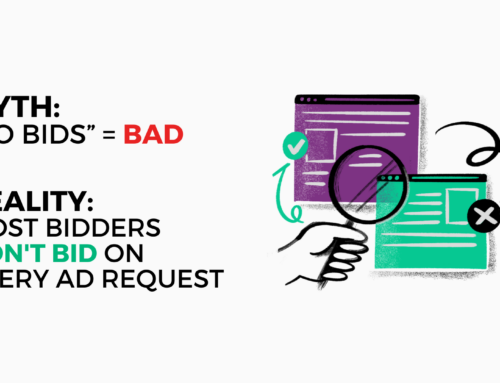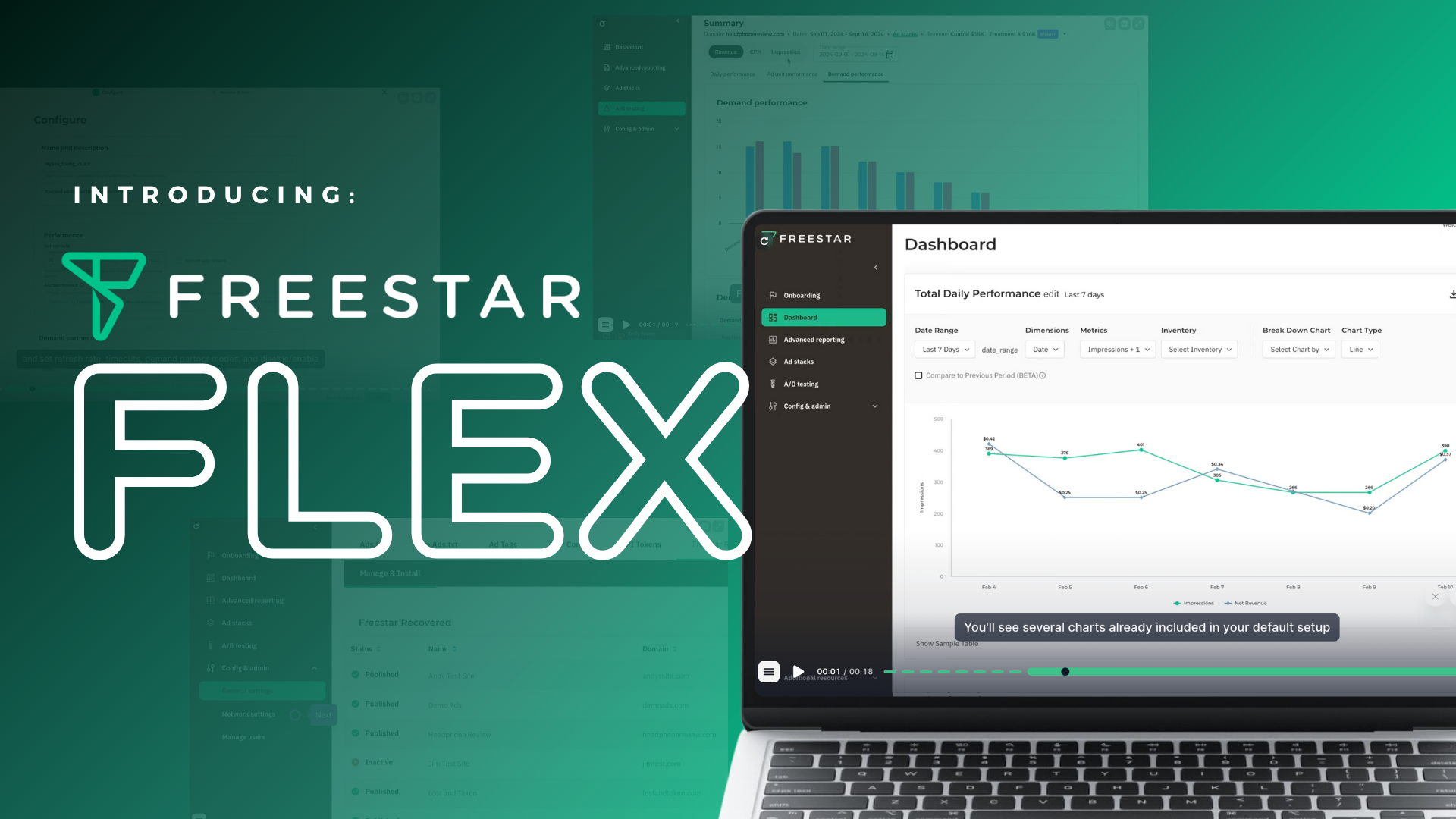Are you all set to start making money from your app, or are you just thinking about it? If you want to earn money from your app, you have countless different options available to you. The process of monetizing mobile apps doesn’t have to be complicated, but the sheer number of available options can be overwhelming.
A good place to begin is by familiarizing yourself with the various ad formats you can integrate into your app. Keep reading to find out more about what might work well for your user experience.
App monetization that is tailored to your specific needs will get you on the path to a reliable revenue stream much more quickly than you might imagine.
Mobile Banner Ads
Mobile banner ads are one of the most popular and straightforward advertising methods. The two main sizes for banner ads in mobile app are the 320×50 and 300×250. The 320×50 banner ads are often displayed in a blank rectangular space at the top or bottom of your app – otherwise known as a “sticky banner”. One of the most important advantages of the sticky banner is that it doesn’t interfere with the navigation of your app in any way, and remains viewable to the user while they spend time in your app. Highly-viewable banner ads integrated into your app will result in more impressions, and ultimately more revenue in your pocket.
Banner ads can also be integrated throughout the content of your app on a predetermined cadence. This strategy provides a way to more heavily integrate the banner ads as users navigate to various sections of your app. This will increase the overall ads seen per user, and typically translates to increased overall revenue as well. As summarized above, the most popular options for mobile banner ads are:
- 300×250 – Known as “medium rectangle,” 300×250 is an IAB standard size which is known for bringing in higher eCPMs than the smaller banner option. They also tend to have plenty of demand available from advertisers which has a positive impact on ad earnings.
- 320×50 – mobile-optimized and works well if you want an ad that takes up less space on screen. You can expect lower CPM’s as compared to the 300×250, but integrate more naturally throughout your UX.
- Adaptive Banner – A new form of responsive ads, adaptive banners are designed to be a drop-in replacement for the industry standard 320×50 banner size. They’re designed to maximize performance by optimizing ad size for each device by letting developers specify the ad-width.
Native Ads Inside Your App
Native ads are the least disruptive format to integrate into the user experience of your app. These ads appear naturally throughout your UX because you have the ability to style the ads to match the look and feel of your app. As a result, native ads are perceived as being less intrusive than other types of ads by your users. While native ads mimic the look and feel of the content you provide, they are also clearly marked as being an advertisement as required by IAB standards.
If your user base is more sensitive to the introduction of ads, the native ad format may be a good starting point for you. Keep in mind that since native is more custom, there is less demand available to compete programmatically; so you may be giving away revenue in favor of user experience.
Interstitial Ads Between App Use Phases
These kinds of ads have the potential to be quite successful and are frequently found in gaming apps. Interstitial ads take up the entire screen and are typically implemented between different levels of a game, or as a user transitions from one task to another within your app. Interstitial ads offer a variety of options for publishers – ability to run video ads, skippable video ads and even static ads which tend to be less intrusive on users. In most cases, the user has the choice to either close the ad or click on an option to visit the location linked with the ad within five seconds of the ad on-screen. Interstitial ads are more intrusive than other formats and require action from the user to navigate away. However, they also have higher revenue potential because the ads take up the full screen of the phone, and user engagement is much higher as compared to other ad formats. You will want to pay close attention to the frequency with which you are showing these ads to each user, the average revenue per 1,000 views (RPM), and overall revenue you are earning to ensure they are worth having in your app.
Rewarded Video Ads
Rewarded video is another popular ad format, particularly with gaming apps. Users of your app have the ability to choose whether or not to watch an ad in exchange for something of value. As the developer, you have complete control over whether the winner receives in-app currency, earns another life or a digital good as their prize. Users typically enjoy the Rewarded Video ad experience because they are:
- Receiving something of value in exchange for their engagement with the ad.
- Opting-in to watch the ad rather than having one appear on screen without any context.
If you do implement rewarded ads, a couple things to consider:
- Frequency capping the number of ads a user can see over a certain period of time (i.e. 5 per day). If the same users are watching rewarded videos over and over again, the overall CPM’s will drop.
- Ensuring a user can only click-to-watch an ad if one is available.
- There is nothing more frustrating for a user than being unable to earn a reward because there isn’t an ad available to be served.
- Implement fraud mitigation tactics if you are giving something away of real-world value. You may run into fraudulent behavior from folks looking to take advantage of the reward you are offering.
Playable In-App Ads
Playable ads allow users the opportunity to sample an advertisers app before installing it. Advertisers are likely to pay more for downloads from a playable ad because the user is more qualified when they choose to download the app. This can result in higher cpm’s and more revenue for you. These ads typically compete within the interstitial or rewarded ad formats against standard video or static full screen ads so you don’t need to do anything custom to integrate.
Testing Ad Formats in Your App
We recommend testing different types of ads within your app to determine:
- What drives the most revenue to your business
- How your user base reacts to the addition of various ad formats.
Depending on the category of your app your users may be very accustomed to seeing ads, OR may be very sensitive to the addition of ads. We recommend keeping a close eye on your app store reviews as you roll out ads for the first time. If you start seeing many negative reviews, that may be a sign that you should test a less aggressive set up.
When testing different ad formats, you will want to pay close attention to your Average Revenue per Daily Active User (ARPDAU). This is the best metric to gauge which ad layout is driving the most revenue to your business. As you make changes to your ad set up, you will be able to compare your ARPDAU to find the ideal layout. Experimenting is an important aspect of your ad monetization strategy because some apps see more success with a particular kind of ad or a particular implementation strategy.
We often see apps offer a free version that contains ads, and a paid version that removes ads entirely. At the end of the day, users understand that developers do need to make money, so providing the option between ads vs. no ads puts the power in the user’s hands to choose which experience they prefer.
If you have any questions about monetizing your app or looking for ways to improve your app monetization, don’t hesitate to ask our team! We’d be happy to help with your app ad strategy.





